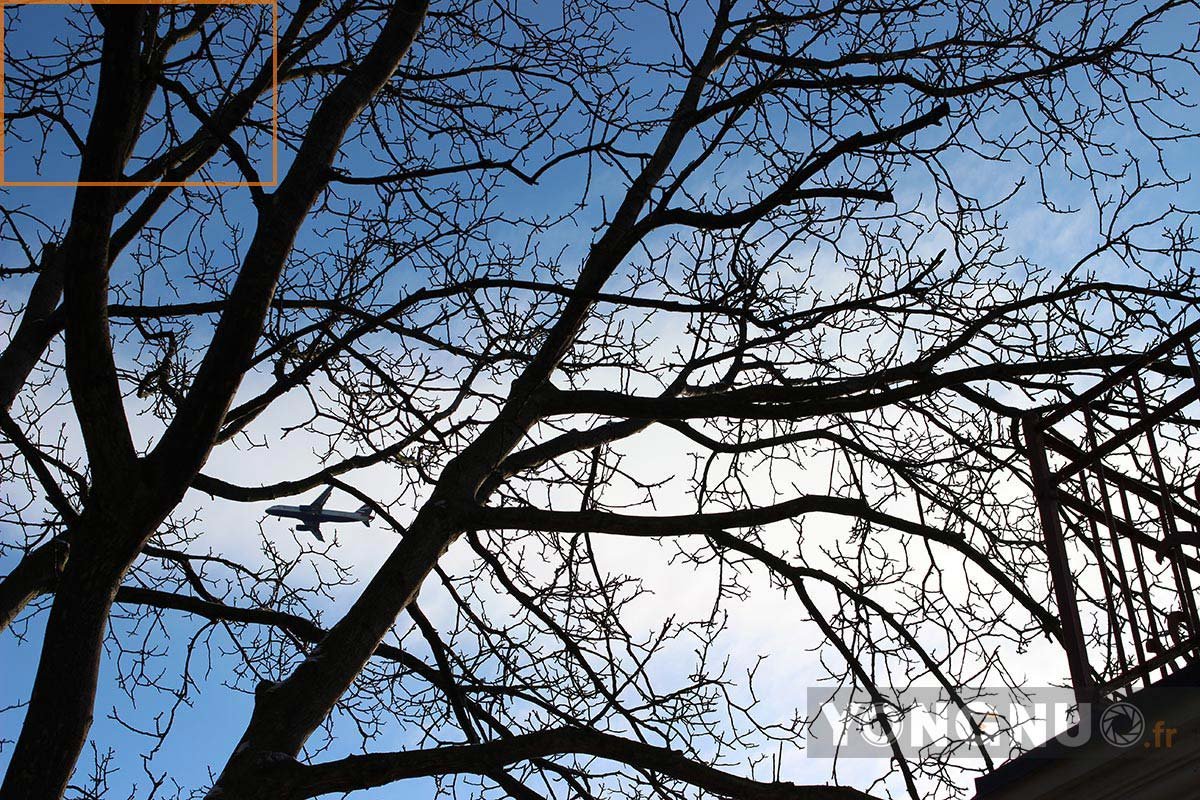
Test Yongnuo 35mm f/2 (Canon)
Here we go, Yongnuo offers us his second lens: the Yongnuo 35mm f/2 ! After a 50mm f/1.8 which strongly reminded me the Canon version, and which offered a very good quality/price ratio, we will see if this 35mm f/2 is in the same vein. Without further ado, let’s start the test…
Presentation of the Yongnuo 35 mm f/2
In the 35mm prime optics, the choice is not huge, so it’s a pleasure to have a new baby in the family. Is it worth it (or is the investment worth it)? That is what we will see.
This Yongnuo 35mm f/2 arrived in July 2015 and follows the 50mm version arrived 6 months earlier.
In the 35mm range, there are of course the high-end versions:
Then the mid-range/high range versions but manual like the :
Then the mid-range versions like the :
So this 35mm from Yongnuo is filing a gap and comes as an entry-range model: it costs only $90.

What strikes at first glance is the striking similarity with the Canon 50mm f/1.8 II. The same construction (all plastic and metal bayonet), similar dimensions, and light weight.
I received in the box, as we can see on the picture, a protective cover for the lens which adds an extra layer of protection for traveling.
The protective cap of the lens is clipped through the middle, and is therefore thick enough. The focus ring is quite soft, but also does not feel so high quality.
Yongnuo 35mm f/2 field test
This lens is an EF mount, it will be usable as well on a Canon APS-C and Full-Frame DSLR. I performed the following tests on a Canon T3i (APS-C, therefore). Because of the crop factor of 1.6, my Yongnuo 35mm will fit like a 56mm on my camera.
In use it is pleasant, because it really does not weigh heavy, and is small enough, so no problem to carry it around all day. Unfortunately I don’t often travel with only one objective, so for my part I still have the backpack that weighs its weight.
In terms of sharpness, after what I read on the Internet, I really expected worse (unless I came across a good series?). See for yourself with the following pictures.
All the pictures shown here have not been edited and are raw (JPEG directly out of the box). They have just been resized to about 1600×1200 so that it is visible on most screens:
I find the result quite impressive for the price asked. Add a little processing and you will get beautiful results.
Below is a crop of the previous image to see details. Click to enlarge.
Concerning vignetting and distortions, I find it very contained. For your information, vignetting will be much less important on an APS-C digital camera (as here) than on a full size camera. This is easily explained: For the same lens used on an APS-C and on a Full-Frame (therefore EF mount), the APS-C will “see” only the center of the image, while the Full-Frame will use the entire image.
Distortions are low, and at the same time it’s normal, we have here a focal close to human vision, so you get few distortions unlike a wide angle or fish eye.
Regarding chromatic aberrations, I expected an average or disappointing result, but they are very light. Just check by yourself:
Thanks to a minimum focus distance of 0.25m, it is possible to get close enough to our subject. Not enough for macro, but enough for proxy photography. Be careful though, 35mm is a rather wide focal length, therefore difficult to frame an insect or a small animal.
The following subject does not have much interest but it gives an idea of what can be done with this lens.
I focused here on the screw cross. We can see that the details and the sharpness are very correct.
Now it’s time to talk about autofocus. It is noisy, I would say a bit like the Canon 50mm f/1.8 II (not the latest STM version). It is not really fast but it is not excessively slow either.
I had trouble focusing on a pale green wall, where it didn’t want to hang, but overall it hooks well (under good light conditions).
The focus ring is not very practical because it is thin and placed on the front of the lens (like the Canon).
Overall if you were used to the 50mm Canon, it’s the same thing. For the others, well you will know what plastic / cheap / and noisy means. But it is quite normal given the price paid, we could not ask for more.
Conclusion
Whether you’re on APS-C or full-frame, this lens can be a great companion.
If you have a small budget and you don’t already have a 50mm lens, then this Yongnuo 35mm f/2 can be a good investment. If you do have a 50mm already I think those two lenses are a little too close..
The overall quality is correct (or more than correct), I find that for the price, the contract is fulfilled.
Useful info:
For more information, I invite you to read Amazon comments.
That’s really useful most of the time before making a purchase decision.
If you want to buy this product, thanks for using the following affiliate link, it will help me grow this blog.






